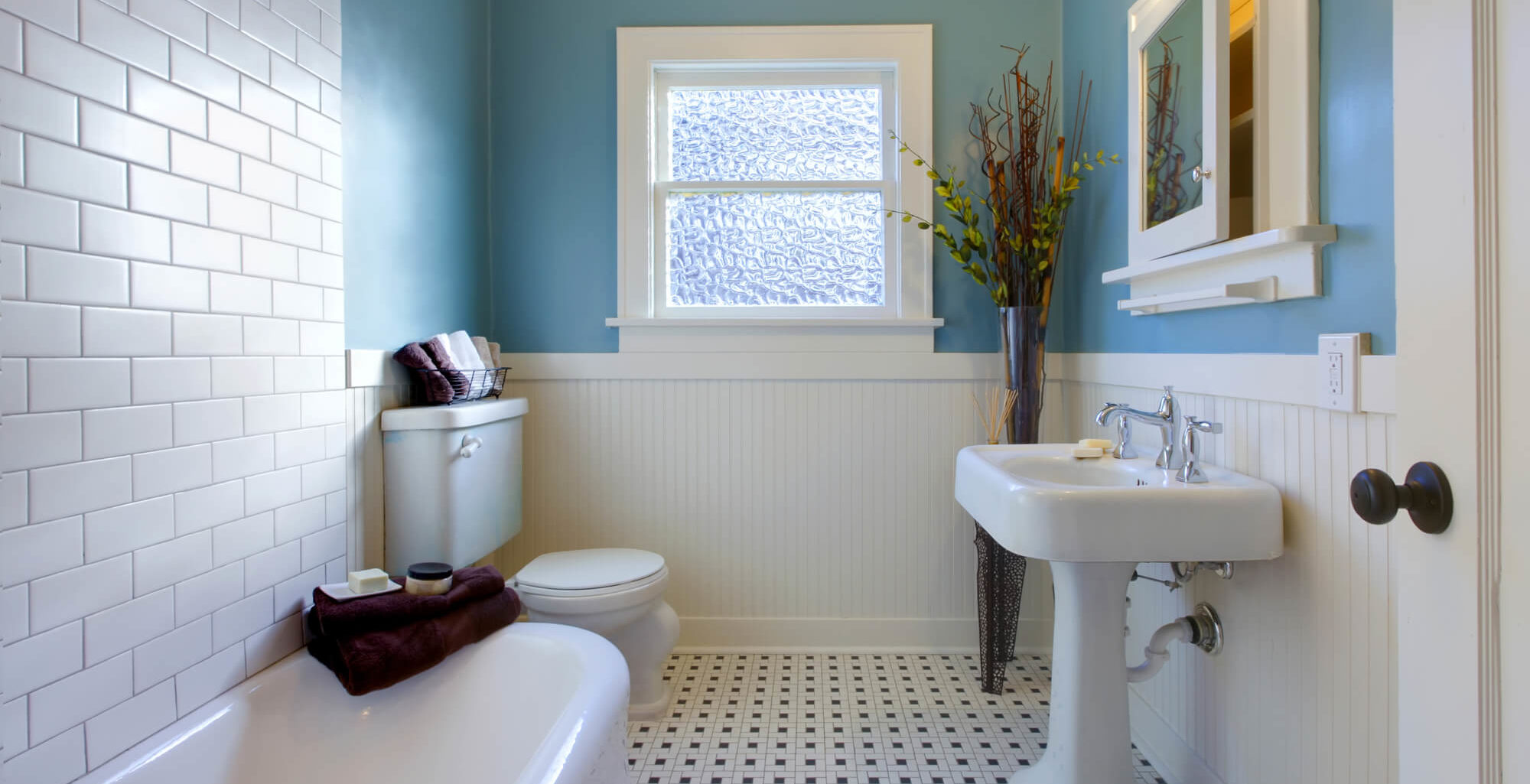Most of us have heard about lead contamination and the dangers it can pose. You’re likely familiar with lead contamination in the context of the Flint, Michigan water crisis, which made national news in 2014 and is an ongoing problem today. In that instance, lead in pipes poisoned the town’s water supply, creating disastrous consequences for the community.
Lead isn’t only a safety issue in public pipes. It can be found in a more personal place—your home. Read on to learn everything you need to know about lead poisoning.
Lead Poisoning: The Basics
To identify lead contamination in your home and expel toxic levels of lead, you’ll need to become familiar with lead and why it is dangerous.
What is Lead?
Lead is a naturally occurring element that makes up part of the earth’s crust. Lead exists naturally in many human habitats—you can find traces of lead in air, soil, and water. However, it can be incredibly toxic to humans when they are exposed to it in certain amounts.
Lead’s harmful effects weren’t widely known until the 1970s. For decades, lead was a common material in construction. Because it helped paint dry faster, lead was also a common paint ingredient.
In 1978, the Environmental Protection Agency banned the use of lead in paint for homes and construction. While many homes built before 1978 have undergone extensive repairs to remove all lead traces, there are still thousands of homes containing potentially toxic levels of lead.
How Much Lead is Toxic?
According to the Center for Disease Control, children are at risk of lead poisoning if they have a concentration of lead in their blood that is five micrograms per deciliter or higher. For adults, that statistic increases to ten micrograms of lead per deciliter of blood. You can check the level of lead in your blood with a simple blood draw.
It’s important to note that experts say there are no known safe levels of lead exposure and that even small amounts of exposure to lead can be harmful.
What Are The Effects of Lead Poisoning?
Although lead poisoning is dangerous to all humans, it is most dangerous to children. This is because lead exposure has harmful developmental impacts.
Some effects of lead poisoning in children include:
- Lower IQ scores
- Behavioral issues
- Hyperactivity, or attention deficit disorder (ADHD)
- Impaired hearing
- Impaired physical growth
- Seizures
- Anemia
Pregnant women are another high-risk group for the harmful effects of lead exposure. Some effects of lead poisoning on pregnant women include:
- Premature labor and birth
- Damage to the fetal brain, kidneys, or nervous system
- Miscarriage
- Infertility
Even healthy adults can suffer harmful effects from lead exposure. Some of these include:
- Increased blood pressure
- Hypertension
- Other cardiovascular issues
- Decreased kidney function
- Mood disorders
- Chronic migraines and headaches
- Reproductive problems
Where is Lead Found?
Lead is a naturally occurring element, but most harmful lead exposure comes from fossil fuels, construction, and other human-made sources.
It’s possible to find traces of lead in your home. In addition to paint and pipes, lead can be present in gasoline, batteries, ammunition, toys, and even cosmetics.

Where to Look for Lead Contamination
If your home was built before 1978, you might find lead in your home’s paint. Older houses and apartments are more likely to deteriorate, causing the paint to flake and fall off. This further exposes the lead in the paint to the air around it.
The most important places to look for lead contamination are painted surfaces that see a lot of traffic, such as:
- Banisters and handrails
- Stairs
- Porches
- Window sills and frames
- Doors and doorframes
- Baseboards, crowning, and trimming
If you live in an older home and notice paint flaking off in any of these areas, it might be a good idea to check for lead contamination.
How to Check for Lead Contamination
Don’t check for lead contamination yourself; hire a professional. Official lead inspectors are subject to strict EPA rules and can face legal ramifications if they fail to meet these codes.
A professional will thoroughly check your home’s exterior and interior to identify lead paint sources. These inspectors are trained to locate dangerous lead paint in places that an average person might overlook.
In an official lead paint risk assessment, a professional will measure lead levels to determine the severity of your risk of lead poisoning. They will inform and advise you on how to proceed safely.
For more information on what to expect from a lead inspection, read our article here.
How to Remove Lead From Your Home
After you’ve had a professional inspection or risk assessment, there are two main ways to get rid of lead paint in your home: encapsulation and abatement.
Encapsulation
Encapsulation is a method of neutralizing toxic lead paint in your home by painting over it with specialized materials called encapsulants.
Many homeowners gravitate towards encapsulation as a solution for lead poisoning because it is fast and convenient. You can remain in your home during the process, and it is relatively inexpensive. However, encapsulants wear down as time goes on, so it’s a temporary solution to a serious issue.
Abatement
Abatement is a far more involved lead removal process. It permanently covers the areas that have lead paint and neutralizes their toxic effects. A special team of EPA-certified professionals oversees the entire process.
Abatement is more disruptive and expensive than encapsulation because it requires adherence to stringent EPA regulations. If you choose an abatement, you’ll need to vacate your home for the entirety of the process. However, you will be sure that there is no further risk of lead poisoning in your home with this test.
For more information on encapsulation and abatement, look at our article comparing and contrasting the two methods.
Do You Think There’s Lead in Your Home?
If you live in a home or apartment built before 1978, you may be at risk of lead poisoning. Lead poisoning can have incredibly harmful effects on humans, particularly children and pregnant women, so you must seek professional help if you suspect you might have lead exposure in your home.
Have a professional, EPA-certified team check the painted areas in your home, particularly high-traffic surfaces such as banisters, stairs, and windowsills. Then, work with these professionals to resolve the problem, either through encapsulation or abatement.


